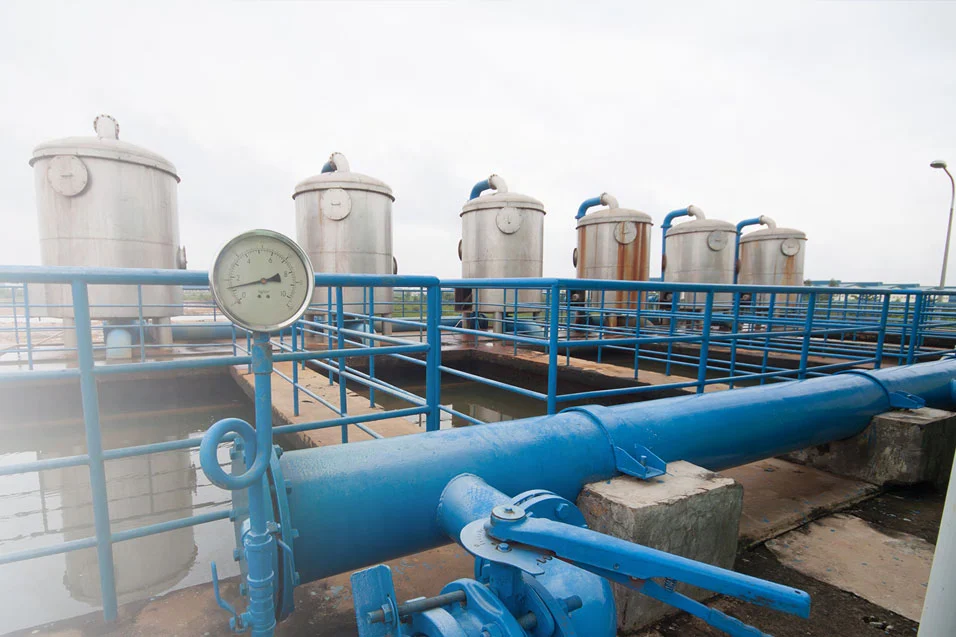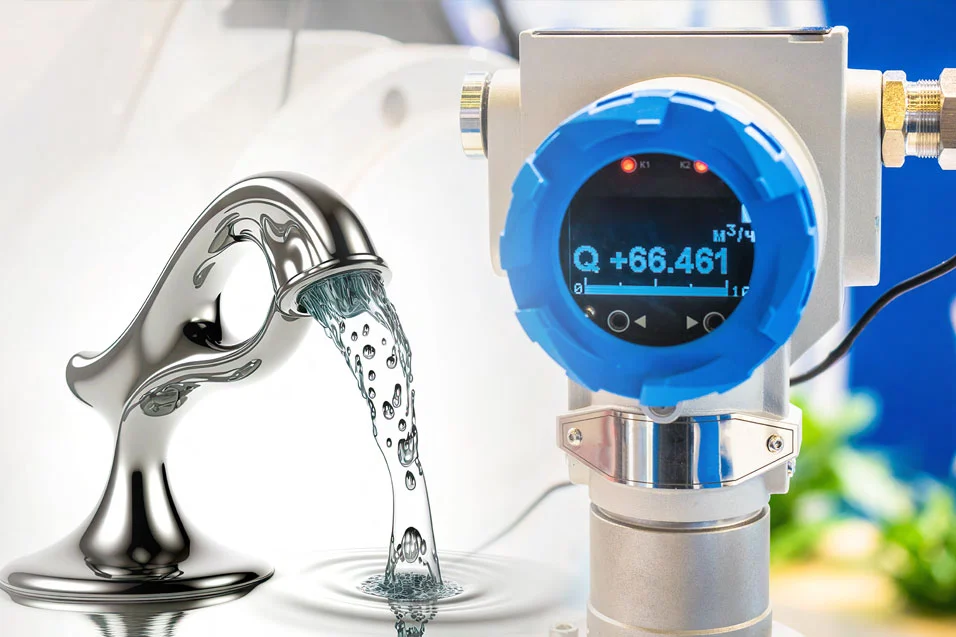The market for sustainable technology solutions is growing. For instance, a study by Vantage Market Research found that the green technology and sustainability market was valued at $10.9 billion in 2021 and that it will reach $44.4 billion by 2028.
Sustainable Technology: What Is It?
Sustainable technology is an invention that promotes social and economic progress while taking into consideration natural resources. These technologies seek to offer a sustainable product while significantly lowering environmental risks. Technology sustainability may be described in several different ways:
- Replacement- The technique promotes switching from non-biodegradable to biodegradable materials in the product’s manufacturing. Additionally, non-renewable resources are replaced by renewable ones.
- Prohibition- Through its usage or manufacturing, sustainable technology avoids degradation, pollution, and other detrimental environmental effects.
- Effectiveness- The technology is effective When it comes to how much energy and resources are used.
A Few Examples of Sustainable Technology and Processes
Three environmental sustainability technologies—the cloud, carbon footprint monitoring, and energy network management software—will have “early mainstream adoption by 2025,” according to research firm Gartner. We go through these and other technologies that aid in creating a better society below.
1. Automated Operations
Leaders in this field develop operations and processes that are intrinsically more sustainable—for instance, innovative manufacturing or materials technologies that use alternative inputs to decrease emissions and waste—and as a consequence, they are rewarded by consumers and investors. Additionally, digital operations may increase corporate resilience; some of the underlying technology and procedures have even grown to be accepted practices. As a pioneer in efficiency-as-a-service, Schneider Electric has evolved from installing industrial electrical equipment to earning money by lowering its clients’ carbon footprints. The more financial benefits Schneider receives from clients and the quicker its business grows; the more environmental and social impact Schneider makes through energy savings and carbon reductions.
2. Carbon Emissions
Cutting Back Carbon Emissions: Companies are increasingly adopting carbon neutrality goals at various horizons, such as 2030 and 2050. Technology is utilized to either stop these emissions altogether or at the very least store them and change them into less dangerous substances.
These days, factories that remove CO2 from the air are very common. An existing one in Iceland moves 4,000 metric tons of carbon dioxide underground each year to be converted into rock. Other ones are also being built in Spain, the UK, and Norway.
Carbon Footprint Evaluation: The measurement of emissions from a company’s goods or services is called a carbon footprint. Three emission scopes are available:
Scope 1: Directly coming from owned or managed sources.
Scope 2: Indirect emissions brought on by buying energy.
Scope 3: Every additional indirect emission linked to the value chain.
According to Gartner, as non-financial corporate sustainability reporting grows more common and businesses become more dedicated to reducing emissions, technologies that assess carbon footprint will become more widespread. By turning those emissions into designated carbon credits with which to offset their activities, blockchain and IoT sensors can assist. Additionally, the blockchain will guarantee the accuracy of the data.
- Blockchain, Internet of Things, and the Cloud: Connected Internet of Things sensors and monitors, cloud-based data mediums, and tracking systems powered by blockchain are just a few examples of cutting-edge digital technologies and tools that open up new possibilities for measuring and tracking environmental and social effects along value chains. Companies, in turn, may enhance management and investment choices as well as their performance of ESG objectives. For instance, blockchain-based value chain transparency solutions ensure the reliability and security of products from the supply source through the manufacturer to the retailer to the customer.
- Artificial Intelligence and Advanced Analytics: These technologies produce information and insights on the social and environmental effects of a certain item or service. Digital platforms enable partners to collaborate, exchange data, and operate transparently and responsibly. IoT- and AI-based solutions also optimize energy efficiency in real-time, decreasing emissions and saving money all at once. Leaders use these skills to build and fine-tune offers, engage consumers, and enhance performance over time.
- Technology Related to Sustainability and Recycling: Technology offers recycling businesses a means to enhance the reuse of materials. Some robots can differentiate between things on a trash platform and choose which ones to recycle thanks to artificial vision and AI training. Automation simplifies garbage sorting, which is efficient and beneficial for the environment.
- Exchange of Data and Ecosystems: Sharing data enables new forms of collaboration inside or between companies or sectors to create creative answers to pressing social and environmental problems. Companies may expand their reach, bridge capacity shortages, access new markets, and pool resources more readily. For instance, software solutions that combine telecommunications companies with insurance underwriters can provide underserved communities microinsurance through phone subscriptions.
Data sharing adds value in five different ways, according to a BCG study on the topic, including fostering creativity, building trust, improving coordination, increasing awareness, and verifying ideas.
Sustainable Technology’s Advantages for Business
Sustainable environmental technology has the potential to fundamentally alter how businesses and government operations are carried out. The goal of sustainable technology is to minimize any negative social and environmental repercussions, which is beneficial for a company’s standing and financial results.
Every business owner hopes to make the world a better place while respecting moral and ethical principles. By implementing sustainable concepts, businesses may remain competitive while helping the environment. Let’s go into the benefits of using sustainable technology in your company.
1. Simplify Risk Management and Enhanced Project Results
Sustainable technology has the benefit of lowering the risk for your company. Utilizing biodegradable and renewable resources may assist your business and the environment by reducing the negative effects of climate change.
In today’s corporate world, 48% of companies employ sustainability to boost innovation and productivity. Furthermore, long-term investors are more willing to collaborate with companies that have excellent ESG rankings. With environmentally friendly technology at your disposal, investors will be drawn to your company.
2. Boost Your Financial Performance
You can efficiently use resources in your company if you adopt sustainable technologies. Your bottom line is greatly increased as a result. Profits rise and your business remains competitive when you spend less and make more money.
3. Obtain and Maintain Top Talent
Excellent individuals are difficult to find and retain in the business sector. Utilizing sustainable technology in your company is essential to hiring the finest employees.
The majority of millennials—3 out of 4—want to work for organizations with excellent ethical and environmental standards. Additionally, a sustainable company model increases employee loyalty.
Conclusion
There must be a fundamental mentality shift if sustainable transformation is to be effective. Business executives should see the push towards sustainability as a chance to provide value rather than just as a compliance exercise or a cost of doing business. Companies that do this will increase their competitive edge and gain the strength to keep rethinking and reinventing their businesses as sustainability standards inevitably climb in the coming years.
eInfochips has years of experience and expertise in Artificial Intelligence & Machine Learning, Internet of Things solutions, Cloud Computing, and Data Analytics, and it continues to provide sustainable technology solutions to its client. To read more about sustainability, you can read a blog on sustainable AI for environment protection and development. To learn more about our key offerings and services, you can contact our team of experts here.















